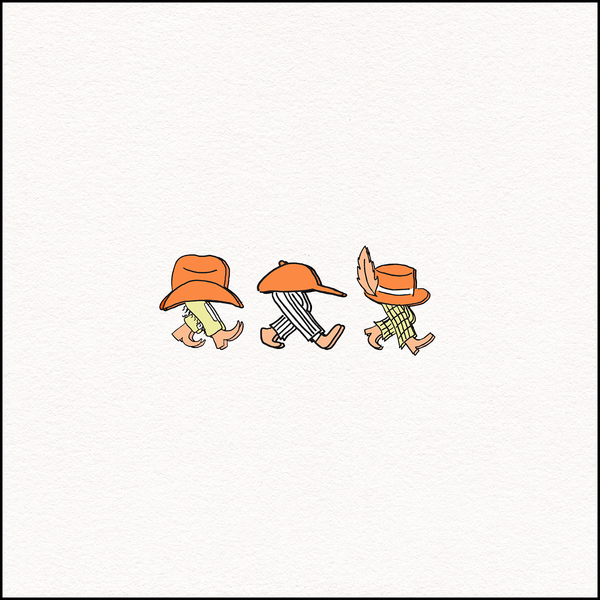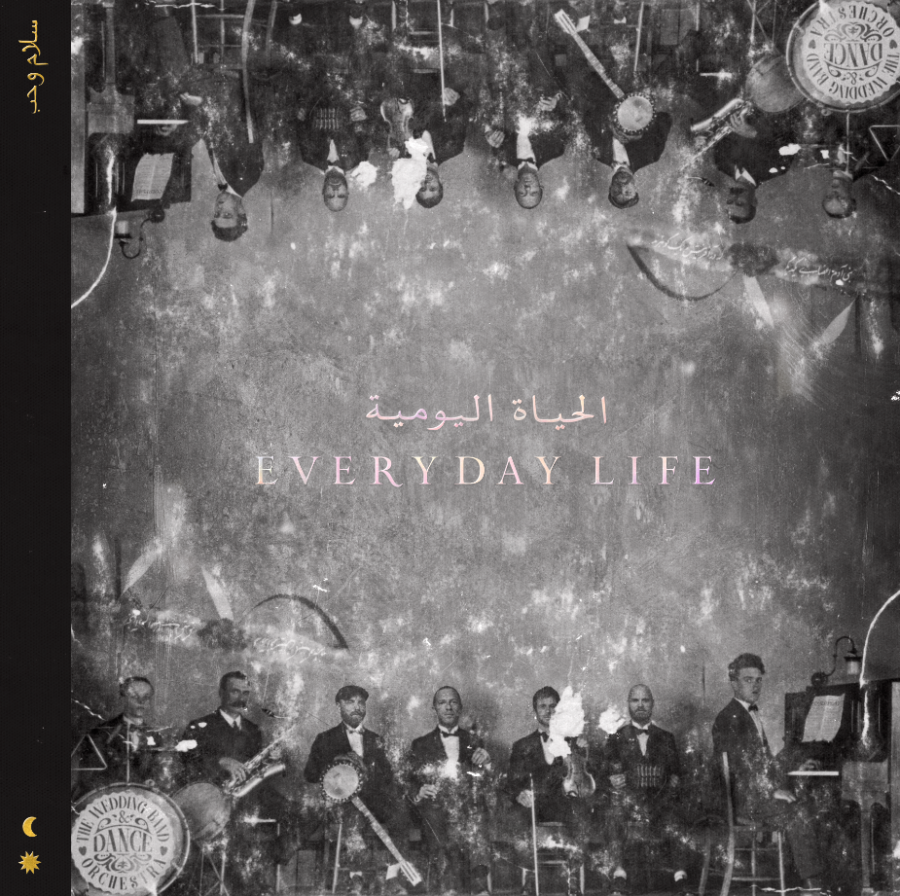Collaborations between improvisational artists are nothing if not unpredictable. That is, of course, the nature of the music that they make, defying boundaries and formulae in favor of a more intuitive and unstructured approach.
This is not to say, however, that improvised music lacks rules, only that those rules are formed organically through performance and not decided ahead of time. Percussionist and sound artist Tatsuya Nakatani and guitarist Shane Perlowin’s “Anatomy of a Moment” is a collection of nine improvised compositions that demonstrate a magnificent harmony between the two artists.
Throughout the album, Nakatani and Perlowin’s compositions evoke a pastoral mood reminiscent of folk music without imitating the forms normally associated with that genre. Perlowin alternates between using electric and acoustic guitars, often using complicated picking to set the pieces’ shifting rhythms. The production on his instruments is clear and resonant, often placing him at the front of the mix, though never undisturbed by Nakatani’s percussive experimentation.
Of the two artists, Nakatani is by far the more unpredictable. Where Perlowin’s guitar wanders with purpose, the percussionist’s methods are much more visceral, oriented toward pure sound and texture rather than defined rhythms.
With a wide array of instruments and techniques, he creates environments of sound that wrap around and support the guitars. For instance, at the beginning of “Cruel to Be Kind,” he creates a grinding metallic noise, sounding almost like the squealing saxophones associated with free jazz. While Perlowin plays repetitive phrases in the foreground, that grind sets the piece on edge, building a tension that the piece leaves unresolved at the end.
Often, the sounds create an almost naturalistic ambience to them. In the title track, for instance, Nakatani plays cymbals to sound like a cool breeze, while the heavier timpani is used to evoke the slow but deliberate movements of a religious ritual. While some of the tracks use brighter palettes, this composition sounds more funereal. By contrast, the next track, “Day of Exceptions,” features Perlowin at his lightest and most agile and is able to make sudden turns depending on the shifting soundscapes Nakatani creates.
One weakness to this form of collaboration is that the pieces can sound indistinct. The duo never changes its fundamental approach, carefully searching out appealing combinations of sounds and creating unusual aural juxtapositions. The feel of the album goes through minor variations but the sounds are consistent, leading to a sense of sameness.At the same time, the approach is so free-form that it yields huge variations within pieces.
Their primary virtue is their patience and close cooperation, neither seizing the spotlight but choosing instead to respond thoughtfully to one another in musical conversation. Unlike many improvised pieces, however, the tone is less argumentative and more contemplative. Whenever the album drifts slightly too far into aimlessness, the scene shifts in an instant and some new and beautiful sound emerges.
At just under 47 minutes, “Anatomy of a Moment” feels a good deal longer. This is not a problem, however, since the music that unfolds over those minutes is engaging and stimulating. It is always a pleasure to hear two skilled and intelligent people converse, no less in music than in speech, and this album’s experiments yield more than enough rewards for those patient enough to invest themselves into them.









